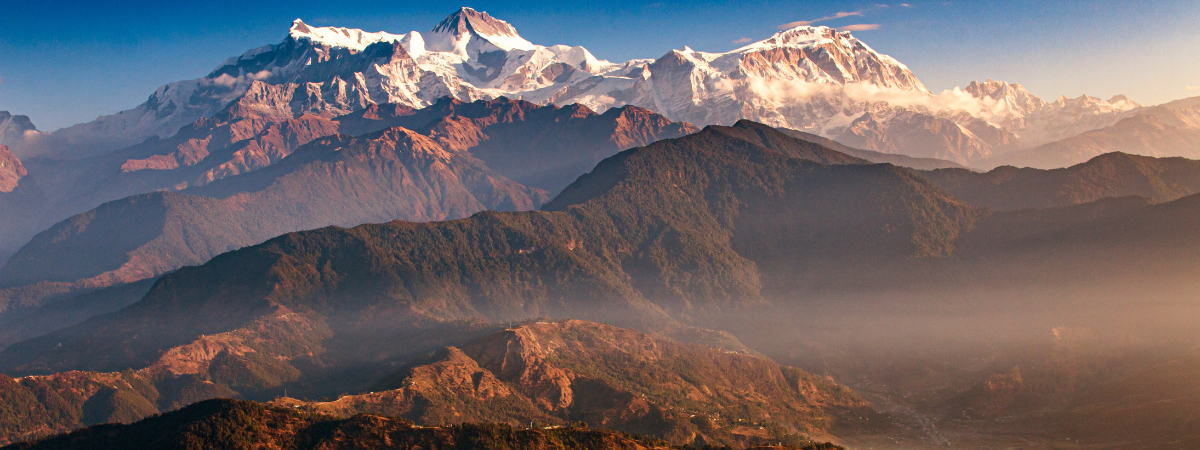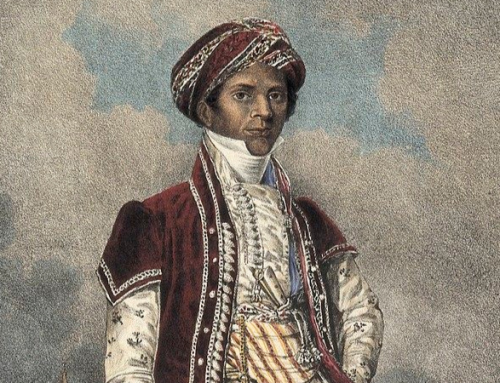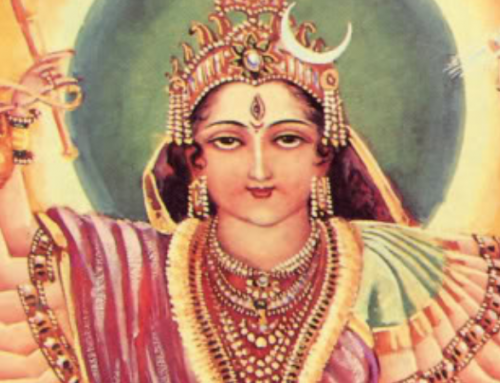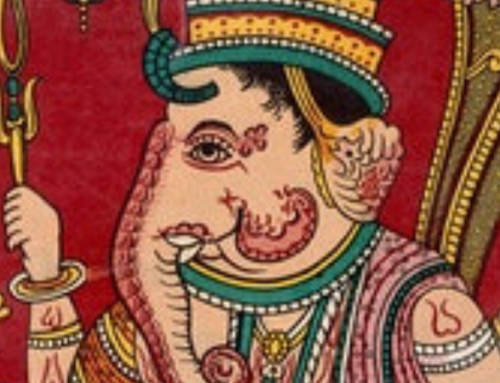
The Journey of Yatra
A yatra is a pilgrimage, a journey to a sacred place to gain enhanced meaning in life by coming closer to the divine, literally and figuratively. A true pilgrimage should provide some degree of personal transformation that continues after the pilgrims return to their daily lives. The journey, which with its hardships serve as acts of devotion meant to purify oneself, is at least as important as the destination.
The world is full of places of pilgrimage. In India these include seven holy cities, twelve jyotirlingas (devoted to Siva), 51 shakti pithas (devoted to Devi), a Rama circuit, a Krishna circuit, numerous temples, sundry sacred mountains and groves, and no less than seven sacred rivers. One of these, the Narmada, India’s longest westward-flowing waterway, is completely circumambulated by some pilgrims, a journey that when done on foot in the traditional manner takes three years, three months, and thirteen days to complete, a total walking distance of 2600 kilometers.
The Himalaya is home to a group of four isolated temples called the Char Dham (not to be confused with the ‘other’ Char Dham, which consists of four cities): Yamunotri and Gangotri (which are near to the sources of two of India’s most sacred rivers, the Yamuna and the Ganga), Kedarnath (which is also one of the jyotirlingas) and Badrinath (which is also a member of the ‘other’ Char Dham). I visited each of these four dhams several times starting forty years ago, and just a fortnight back journeyed again to both Badrinath (where at Brahmakapala below the temple I performed a type of ancestor worship called pinda dana in honor of the first death anniversary of Vimalananda’s foster-daughter Roshni) and Kedarnath (where one first goes, to perform a ritual commitment (sankalpa) to actually doing that ancestor worship).
Tradition dictates that a pilgrim (Sanskrit yatri) should journey on foot, ideally barefoot, and indeed as recently as sixty-ish years ago there were no roads to the Himalayan Char Dham, only trails. In the past travel to such distant locations was so beset with potential perils (including but not limited to hunger, thirst, disease, bandits, wild animals, falls from heights, and drowning while fording unbridged rivers) that everyone who attempted to visit any of these locations would put all their affairs in order before setting out, fully expecting to die on the way there or back, and regarding returning alive to be a special blessing from Providence. Potential demise was rarely a deterrent, however, as death on pilgrimage has also always been regarded as a special blessing.
When I first visited the Himalayan Char Dham road transport was quite limited and yatris relatively few, and except for Badrinath (where a road up to the temple existed even before my first visit in 1984) the last fourteen or more kilometers of the other three dhams had to be covered on one’s own legs (or on muleback or carried in a palanquin or on a porter’s back, all of which transport methods still exist). Today, however, “Char Dham” tourism has become a ‘thing’, and during the yatra season (roughly end of April to end of October) roads and paths are mobbed by yatris.
Now in fact many people (including our group) don’t even attempt to walk the last twenty-two kilometers to Kedarnath but instead take helicopters (which offer their own risks; one crashed a few days after our visit, killing the pilot and six passengers). Once arrived at the general area of the shrine we were confronted with the alternative of standing in a queue for five hours to get darshan or paying for the “special darshan” that is available in the middle of the night (we paid, it was well worth it).
At least inside the sanctum at Kedarnath people were generally well-behaved; not so at Badrinath, where there was intense pushing and shoving for positioning in front of the deity by those who had waited long hours for darshan in lines that were three and four kilometers long.
What was most dismaying was the fact that the vast majority of yatris were more interested in staged photos and selfies than they were in aligning themselves with the deities that they had ostensibly come to worship. Packaged yatra tourism has made yatra available to more people than ever before, and more yatris than ever before have lost the attention needed to achieve the results of being on yatra.
I’m glad I went; having cremated Roshni, it was my responsibility to perform pinda dana for her first death anniversary, and it was excellent to visit both Badri and Kedar one more time. In the future, however, my own yatras are more likely to take me to less known, quieter locations where the genuine “yatra attitude” yet persists.


